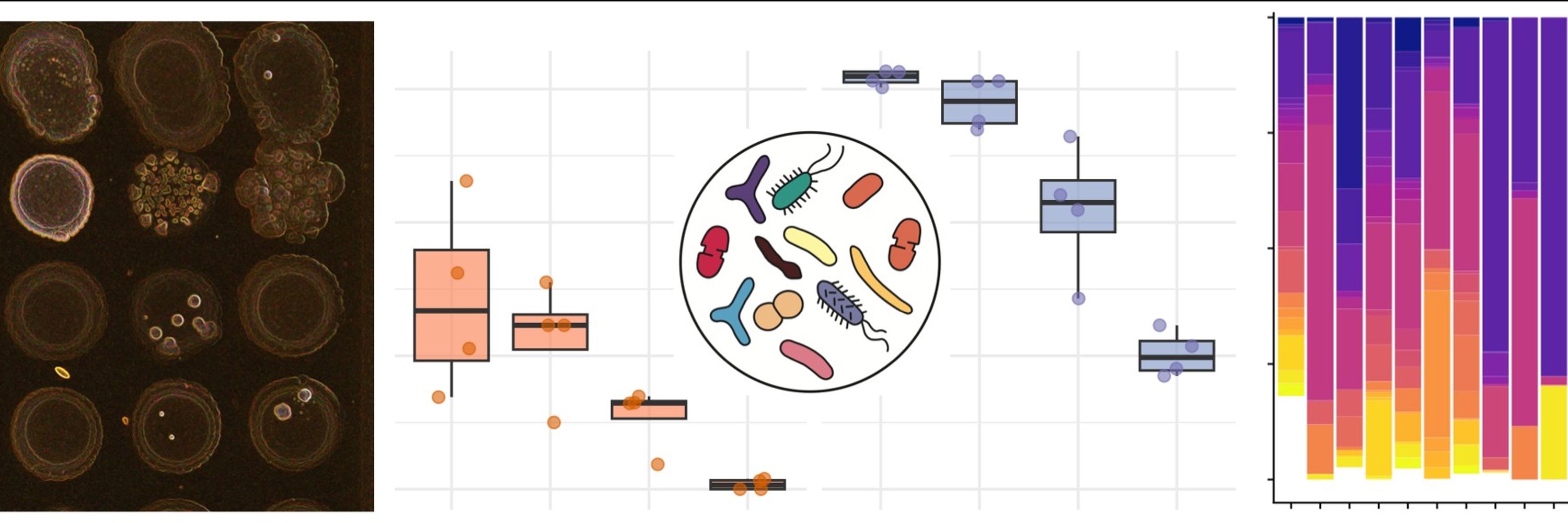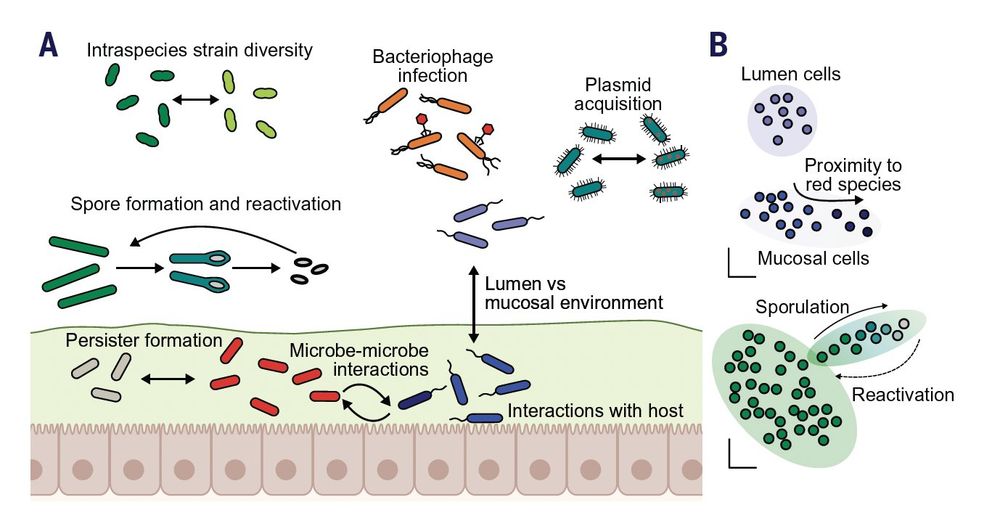Samir Giri
@isamirgiri.bsky.social
580 followers
710 following
43 posts
Postdoctoral Fellow @TypasLab @EMBLHeidelberg
Interested in ecology and evolution of microbial communities, microbiome, culturomics, experimental (co)evolution, microbiome modulation
🦠🧫🔬🧪💊💩🧬
https://scholar.google.com/citations?user=dhZfxqMAA
Posts
Media
Videos
Starter Packs
Pinned
Reposted by Samir Giri
Reposted by Samir Giri
Reposted by Samir Giri
Reposted by Samir Giri
Reposted by Samir Giri
Reposted by Samir Giri
Hall Lab
@halllab.bsky.social
· 27d
Nature
@nature.com
· Sep 5

One mother for two species via obligate cross-species cloning in ants - Nature
In a case of obligate cross-species cloning, female ants of Messor ibericus need to clone males of Messor structor to obtain sperm for producing the worker caste, resulting in males from the same mother having distinct genomes and morphologies.
go.nature.com
Reposted by Samir Giri
Reposted by Samir Giri
Nature
@nature.com
· Sep 5

One mother for two species via obligate cross-species cloning in ants - Nature
In a case of obligate cross-species cloning, female ants of Messor ibericus need to clone males of Messor structor to obtain sperm for producing the worker caste, resulting in males from the same mother having distinct genomes and morphologies.
go.nature.com
Reposted by Samir Giri
Reposted by Samir Giri
Reposted by Samir Giri
John M. Drake
@jdrakephd.bsky.social
· Aug 21

Why are there so few pathogens? Ecology and evolution in pathogen emergence
Why are there so few pathogens, and what determines their emergence? This Perspective argues that ecological and evolutionary forces (host availability, geographic exposure and microbial innovation) w...
journals.plos.org
Samir Giri
@isamirgiri.bsky.social
· Aug 18
Emily White
@emily-white.bsky.social
· Aug 18

A defined microbial community reproduces attributes of fine flavour chocolate fermentation - Nature Microbiology
An in-depth microbiological and metagenomic analysis of Colombian farm and fermentation facilities resulted in the design of a defined microbial community that can reproduce the flavour of fine chocol...
www.nature.com
Reposted by Samir Giri
Emily White
@emily-white.bsky.social
· Aug 18

A defined microbial community reproduces attributes of fine flavour chocolate fermentation - Nature Microbiology
An in-depth microbiological and metagenomic analysis of Colombian farm and fermentation facilities resulted in the design of a defined microbial community that can reproduce the flavour of fine chocol...
www.nature.com
Reposted by Samir Giri
Reposted by Samir Giri
Reposted by Samir Giri
andisichert
@andisichert.bsky.social
· Aug 14

A division of labor controls the degradation of fucoidans in the ocean
Fucoidans, complex polysaccharides produced by brown algae and diatoms, contribute to long-term carbon sequestration due to their resistance to microbial degradation1,2. While individual microbes can ...
www.biorxiv.org

















